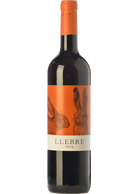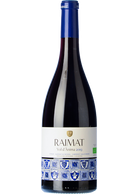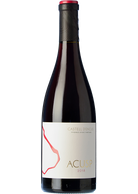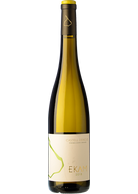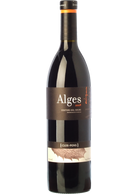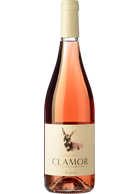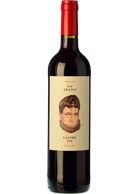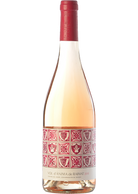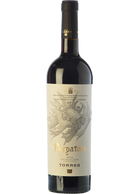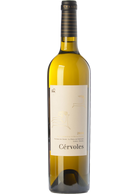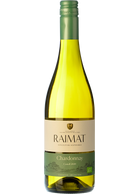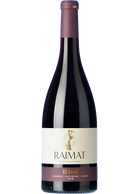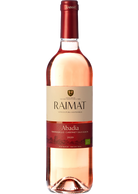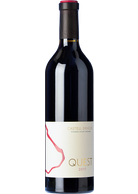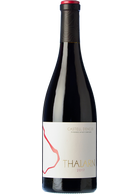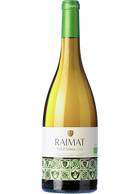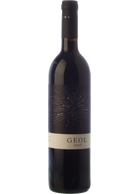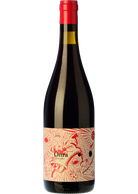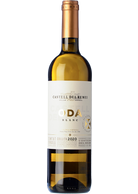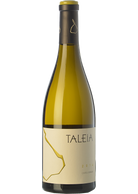Wine from Costers del Segre
The inland character, far from the sea, has meant that for centuries the area has been far from the commercialisation routes, obtaining wines with their own characteristic elements.

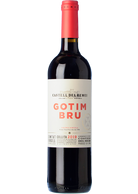
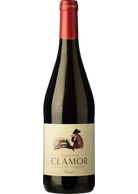

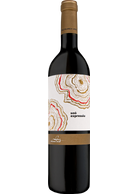
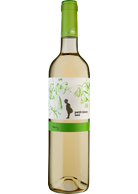


Costers del Segre
The inland character, far from the sea, has meant that for centuries the area has been far from the commercialisation routes, obtaining wines with their own characteristic elements.
Innovations in grape varieties and production methods originated in Costers del Segre. It was, for example, the first place in Catalonia where the Cabernet Sauvignon, Merlot and Chardonnay varieties were introduced, together with the native varieties, and Californian winemaking techniques were adopted.
In 1983: Jaume Siurana, director of Incavi (Catalan Institute of Vines and Wine), and Manuel Raventós Artes, general manager of Codorniu and the Raimat winery, considered that the excellent quality and wine-making tradition of the Lleida region needed to be managed by a regulatory council which, at the same time, would lead the promotion of the region, taking advantage of the great success of Raimat wines.
Thus, the future Designation of Origin took shape and was constituted and ratified between 1986 and 1988. Subsequently, in 1998, the initial sub-zones were extended, adding two more: Pallars Jussà and Segrià.
Situation
The Costers del Segre DO is located in the province of Lleida, in the western part of Catalonia. With the Aragonese DO Somontano to the west and the Catalan DOs Conca de Barberà and Montsant to the south. Some 4,000 hectares of vineyards are cultivated on its lands. Currently, the geographical area is defined by seven sub-zones: Artesa de Segre, Urgell, Garrigues, Pallars Jussà, Raimat, Segrià and Valls del Riu Corb.
Vineyards (soil and climate)
The area of the appellation is diverse with inverted geological and climatic characteristics. The links are the middle basin of the River Segre, between the Pyrenees and the Ebro, and the dry inland climate, far from the influence of the sea and marked by high levels of sunshine, low rainfall and the persistent humidity of the winter fogs.
The temperature differential can be very important, both between seasons and between day and night, especially during the grape ripening period, which results in good acidity, and a high level of polyphenols and helps to produce very aromatic and structured wines.
Winters are cold and summers are hot. The average rainfall is low, around 385 mm/year in the area around Lleida and 450 mm/year in the rest of the region. The average sunshine is 2,800 hours.
In terms of microclimate, the seven landscapes of the DO have particular characteristics conditioned by the different orography and the height of the vineyards, among others. This gives each one its own personality, while at the same time allowing for the harmonious coexistence of all of them.
The vineyards are located between 200 and 1,100 m above sea level and four of the seven sub-zones are considered mountain viticulture. The soil is calcareous and/or clayey, partially covered with sand and poor in organic matter, with a great uniformity throughout the appellation.
The Artesa and Pallars sub-zones are the most northerly, with the highest altitude vineyards and Pyrenean influence. Raimat, in the far east, has a gentle relief and a continental climate. The Segrià sub-area is characteristic of dry lands; Garrigues and Valls del Riu Corb are arid lands.
Grapes
Phylloxera arrived in Catalonia in 1879, although it did not reach the province of Lleida until 1895 (signs of the insect began to be found in 1893) and by 1901 it had spread considerably. After phylloxera, vine cultivation declined considerably.
Thus, in 1909, the area planted with American vines (resistant to phylloxera) reached 15,161 hectares in the province of Lleida, of which 13,343 hectares were replanted on land that had suffered from phylloxera and 1,818 hectares were land that had not previously been used to grow vines. The 102,920 hectares that had not been replanted were mainly devoted to olive growing.
It was at this delicate time that French varieties, such as Cabernet Sauvignon, were imported. Nowadays, the DO Costers del Segre allows the cultivation of 16 white and 13 red varieties, some of which are considered native (Macabeo, Garnacha...) and others from other regions or countries (Chardonnay, Riesling, Syrah, Merlot...).
- Recommended white varieties: Macabeo, Xarel-lo, Parellada, Chardonnay, Garnacha Blanca, Riesling, Sauvignon Blanc, Moscatel de Alejandría, Malvasía and Gewürztraminer.
- Authorised white varieties: Albariño, Chenin Blanc, Godello, Muscat Blanc à Petits Grains, Verdejo and Viognier.
- Recommended red varieties: Garnacha Tinta, Tempranillo, Cabernet Sauvignon, Cabernet Franc, Merlot, Monastrell, Trepat, Mazuelo, Pinot Noir and Syrah.
- Authorised red varieties: Garnacha Tintorera, Malbec and Petit Verdot.
Wines
The 36 wineries that make up the Costers del Segre DO produce around 250 different wines every year, covering practically every type of wine imaginable: whites, rosés, reds, sparkling, sweet and liqueur wines.
The primary aromas are impregnated with fruity touches in those white wines produced in the sub-areas with gentle relief, and with floral aromas in those produced in the higher altitude sub-areas.
In red wines, on the other hand, the character of the natural factors is manifested in the alcoholic strength, perfumes and flavours. The wines qualified by the Costers del Segre Designation of Origin may also be used as base wines for the production of quality sparkling wines.
These are made according to the traditional method with secondary fermentation in the bottle with a minimum ageing period of 9 months, counting from the date of tirage until disgorgement.
Among the range of white varieties, the predominant ones are the traditional Macabeo and Parellada, which produce wines with a classic profile, light and fruity. Also, the good acclimatisation of Chardonnay in the region has allowed the production of wines with very modern characteristics: young wines and wines fermented in oak barrels that present a greater structure and add complexity to their varietal character.
Of the red varieties, the most widely planted are the traditional Ull de Llebre (Tempranillo) and Cabernet Sauvignon, which are worked together with other outstanding varieties such as Merlot, Syrah, Pinot Noir, Garnacha and Trepat.
The main characteristics of the red wines of the DO Costers del Segre are their powerful aromas and balanced flavour. At the same time, they also offer a good tannic expression and in the mouth, they are tasty, full-bodied and structured.
In order to be able to use the term "Crianza", the ageing process must be twenty-four months. For red wines, this process will have a minimum permanence of six months in oak barrels. For white and rosé wines, the duration of this process shall not be less than eighteen months, with a minimum permanence in oak barrels of six months.
In order to include the term "reserve", the ageing process shall be as follows: for red wines, the duration of this process shall be no less than 36 months, with a minimum ageing period of 12 months in oak casks and 24 months in the bottle.
For white and rosé wines, the duration of this process shall be not less than 24 months, with a minimum ageing period of six months in oak casks and eighteen months in the bottle.
For the use of the term "gran reserva", the ageing process shall be as follows: for red wines, a minimum ageing period of 24 months in oak casks and a minimum ageing period of 36 months in the bottle shall be required. For white and rosé wines, the length of this process shall be at least 48 months, with at least six months ageing in oak and at least 42 months ageing in the bottle.
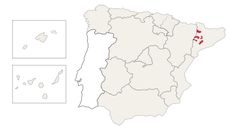
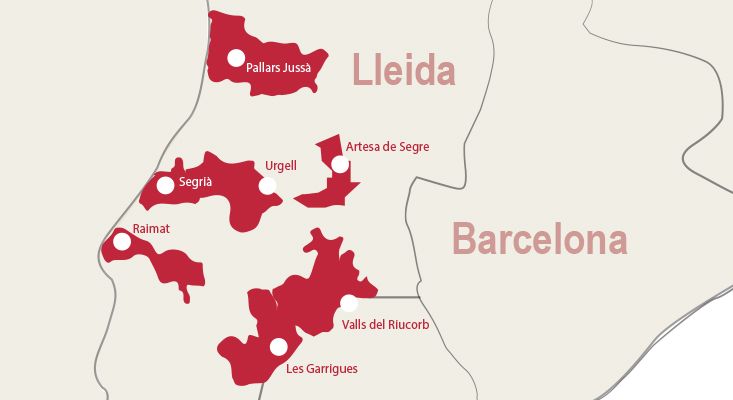

- Complexe de la Caparrella, 97 25192 Lleida
- +34 973 264 583
- info@costersdelsegre.es
- http://www.costersdelsegre.es/

